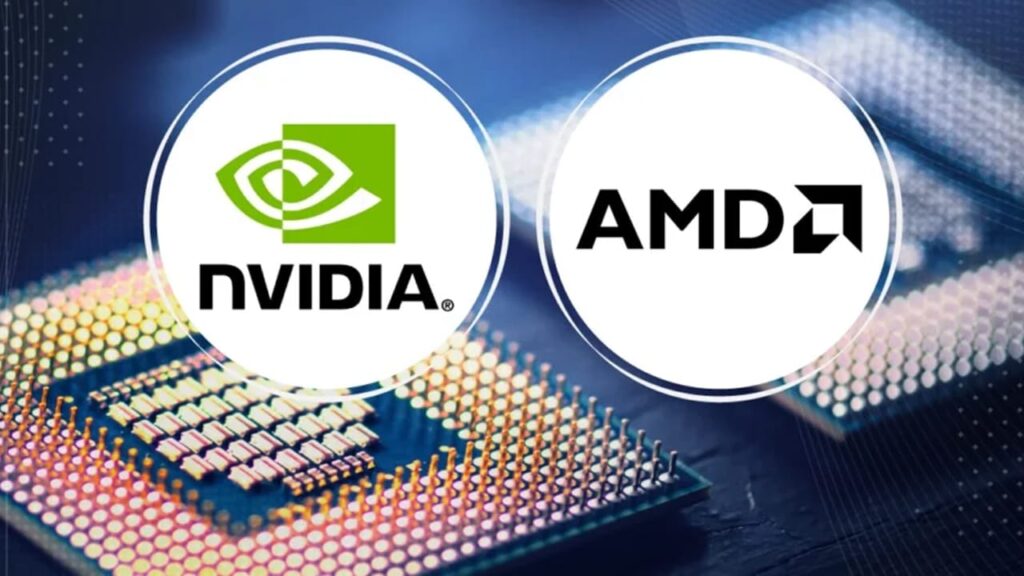
The global chip market is once again making headlines, and this time, it’s not just about technological breakthroughs—it’s about money, politics, and trade policies. In 2025, the US government has introduced a new rule that could significantly impact two of the biggest names in the semiconductor industry: Nvidia and AMD. Under this new policy, both companies will be required to pay 15% of their China chip earnings directly to the US government.
While this move has sparked debates among economists, tech analysts, and investors, it also raises important questions: Why is this happening? How will it affect these companies? And what does it mean for the global chip market? Let’s break it down in simple terms.
Nvidia and AMD Must Pay 15% of China Chip Earnings to US
The US government’s decision is largely tied to concerns over national security, trade imbalances, and technological dominance. China remains one of the largest markets for chips, and Nvidia and AMD earn billions from selling their high-performance processors and GPUs there.
By taking 15% of these earnings, the US aims to:
-
Increase federal revenue without raising taxes domestically.
-
Reduce dependency on China by pushing companies to diversify their supply chains and sales channels.
-
Maintain a technological edge by ensuring US chip innovations are funded and supported domestically.
Impact on Nvidia and AMD
For Nvidia, which dominates the AI and graphics processing market, China accounts for a large chunk of revenue, especially in the gaming and AI server sectors. Losing 15% of those earnings to the US government means tighter margins, potential price adjustments, and possibly slower expansion in the Chinese market.
AMD, while also a leader in CPUs and GPUs, faces a similar challenge. The company has been gaining market share against Intel in both consumer and enterprise chips, and the extra cost may push them to rethink their China sales strategy.
Possible Ripple Effects
The new policy might not just affect Nvidia and AMD—it could reshape the semiconductor market in several ways:
-
Higher Prices for Chinese Buyers – To offset the 15% payment, companies might raise chip prices in China.
-
Shift in Partnerships – Nvidia and AMD may seek more partnerships in other regions to balance revenue streams.
-
Boost for Domestic Manufacturing – With extra government funds, the US may invest more in domestic chip production, reducing reliance on overseas supply chains.
Investor and Market Reactions
Stock market reactions have been mixed. Some investors worry about reduced profits and slower growth in the Chinese market. Others see this as a necessary step to secure long-term stability and strengthen US technological leadership.
Interestingly, some analysts predict that while short-term revenue might take a hit, the move could push both Nvidia and AMD toward innovation-focused growth in other emerging markets.
What This Means for the Future of the Chip Industry
The semiconductor world has always been a high-stakes game of innovation, supply chain control, and global competition. This new rule adds another layer of complexity. If other countries follow suit with similar policies, tech companies might have to completely rethink how they operate in international markets.
For now, Nvidia and AMD will likely adjust their strategies, explore new opportunities, and continue innovating—because in the world of chips, standing still is not an option.
The requirement for Nvidia and AMD to pay 15% of their China chip earnings to the US government is more than just a financial policy—it’s a sign of how deeply technology and geopolitics are intertwined in 2025. While it might slow growth in the short term, it could also spark innovation, diversification, and new opportunities for the chip giants.
Whether you’re an investor, a gamer, or just a tech enthusiast, one thing is certain: the chip wars of 2025 are far from over.


